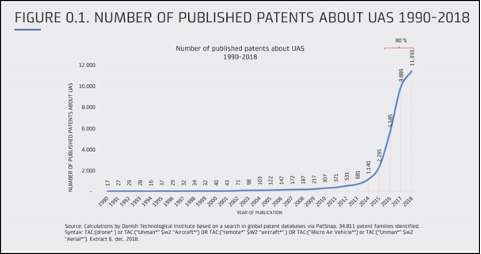Technology and volunteering
Page updated: 29 December 2020
Most of the demographic, economic and social trends described above involve relatively ‘normal’ trends insofar as the rate of change is relatively gradual.
As long as SAR agencies continue to monitor and respond to the evolving picture in proportionate ways, they are unlikely to significantly disrupt the sector’s ability to recruit and retain sufficient volunteers.
By contrast, this scan has already identified three major trends (climate change and and COVID-19) which are exponential in nature, so can easily rapidly change the environment, with major implications when it comes to volunteering as well as demand for search and rescue more generally.
Technology is the third and final expotential trend worth exploring since it too, could have a significant impact on the future of the SAR workforce and volunteering.
Machines are becoming increasingly adept
Technology is increasingly likely to be able to perform functions traditionally only possibly by humans.
This is by no means the first time there has been a revolution in capability – as just one example, the invention of looms during industrial revolution replaced many jobs traditionally done by humans with machines.
However, the breakneck speed of technological innovation now means many cognitive tasks previously restricted to humans will increasingly be able to be performed by computers and robots.
For example, take the question of how to access people in remote locations; something that is often critical for search and rescue operations.
Which could mean fewer SAR volunteers are needed in future
Until recently, SAR agencies really only had options that required humans to play an integral role. Tramping to remote locations, taking a boat, plane or helicopter, all require trained, and very fit people. But all that could change in the future.
For example, unmanned drones are subject to the same exponential rate of progress as other technologies like computers. Drones and other autonomous systems are not just improving in terms of range, but also in terms of capability due to rapid improvements in the software that drives them.
The pace of innovation in this area alone is exponential, and increasingly leading to much more capable robotic systems as shown below (AUVSI 2019).

Such developments mean that efforts to describe the current ‘state of play’ when it comes to technology that may be relevant for search and rescue quickly get outdated. They also mean that in future more and more roles currently fulfilled by volunteers may be able to be outsourced to more intelligent machines.
To capitalise on such opportunities, the SAR sector should continue to monitor global improvements in technology and continuously assess opportunities to automate certain of its functions. This is particularly pertinent when we consider the next exponential change.
